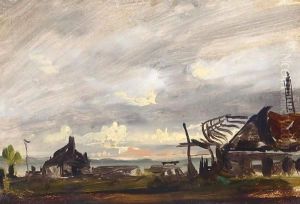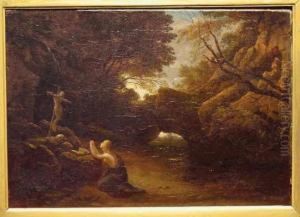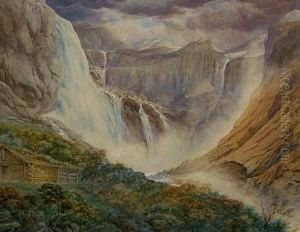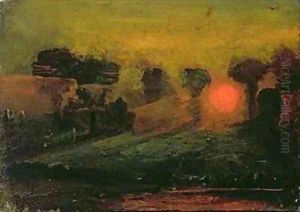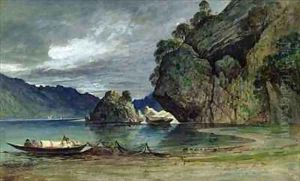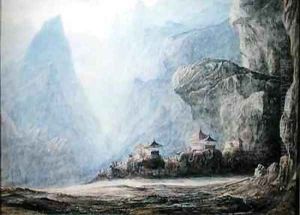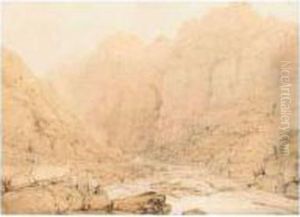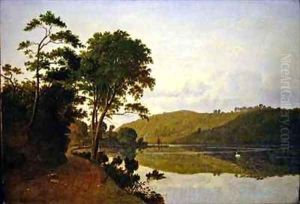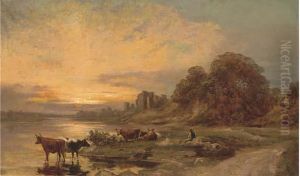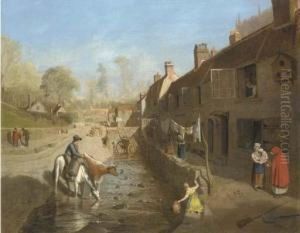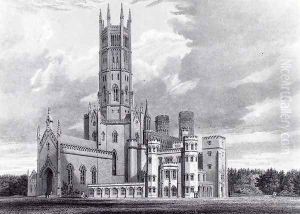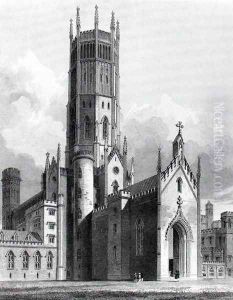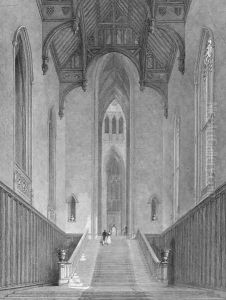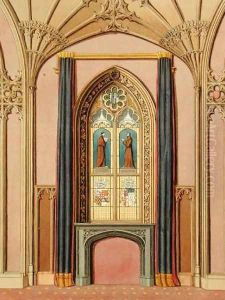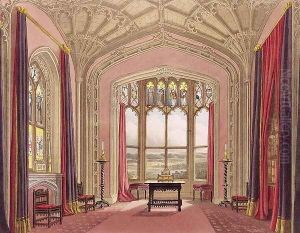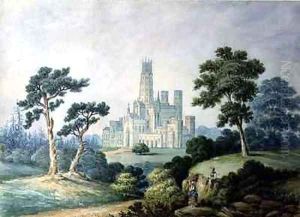





Fonthill Abbey
-
About Reproduction
Add classic artistic charm to your space with a hand-painted reproduction of Fonthill Abbey by Francis Danby. Unlike mass-produced posters or prints, this oil painting reproduction is brought to life by skilled artists who meticulously recreate every brushstroke, texture, and color from the original masterpiece. The result is a visually stunning artwork that adds depth, character, and authenticity to any room.
Owning this Francis Danby replica is more than just decorating your wall — it's a reflection of your appreciation for fine craftsmanship and timeless beauty. Whether displayed in your living room, study, hallway, or office, this piece enriches your space with elegance and visual harmony.
Let Fonthill Abbey transform your home into a place where classic art and personal style meet. Experience the emotional impact and visual warmth that only hand-painted oil art can provide. Curious about the master behind this timeless piece? Discover more about Francis Danby and explore the artistic legacy that continues to inspire generations.
-
Painting Description
Fonthill Abbey, a painting by the Irish artist Francis Danby, is a significant work that captures the grandeur and mystique of the Gothic Revival architecture of the early 19th century. Painted in 1825, this artwork depicts the iconic Fonthill Abbey, a grandiose and somewhat eccentric structure commissioned by the wealthy and reclusive William Beckford. The abbey, located in Wiltshire, England, was designed by the architect James Wyatt and became famous for its towering central spire and elaborate Gothic detailing.
Danby’s painting is celebrated for its atmospheric quality and meticulous attention to architectural detail. The artist employs a dramatic use of light and shadow to enhance the abbey's imposing presence, set against a backdrop of a brooding sky. This technique not only highlights the abbey's architectural features but also evokes a sense of mystery and romanticism, characteristic of the Gothic Revival movement.
Francis Danby, known for his landscape and genre paintings, was part of the Bristol School of artists and later associated with the Romantic movement. His works often explore themes of nature, the sublime, and the picturesque, and Fonthill Abbey is no exception. The painting reflects Danby’s fascination with dramatic and picturesque landscapes, as well as his skill in rendering architectural subjects with a sense of awe and grandeur.
Fonthill Abbey itself has a storied history. Built between 1796 and 1813, it was intended as a private retreat for Beckford, who was an author, art collector, and socialite. The abbey's construction was plagued with difficulties, including structural issues due to its ambitious design. Despite its short-lived existence—parts of the abbey collapsed in 1825, and it was largely demolished by 1845—the building left a lasting impression on the architectural and cultural landscape of the period.
Danby’s painting serves as a historical record of this remarkable structure, capturing its essence and preserving its memory for future generations. Today, Fonthill Abbey by Francis Danby is appreciated not only for its artistic merit but also for its historical significance, offering a glimpse into the Gothic Revival era and the visionary ambitions of its time.
-
Lead Time & Shipping
When you order this oil painting replica, it typically takes 2-3 weeks to paint. If the artwork is more complex, it might need a little more time to ensure the best quality. Once it's ready, we'll send you a photo for your approval. After you give the green light, we'll ship it to you for free.
-
Return & Refund
We believe in the quality of our hand-painted oil painting reproductions, and your satisfaction is our priority. If for any reason, you are not completely satisfied with your purchase, we offer a 45-day return policy. You can return your artwork within 45 days of receipt and receive a full refund. Please note that the artwork must be returned in the original packaging and in the same condition as it was received.





